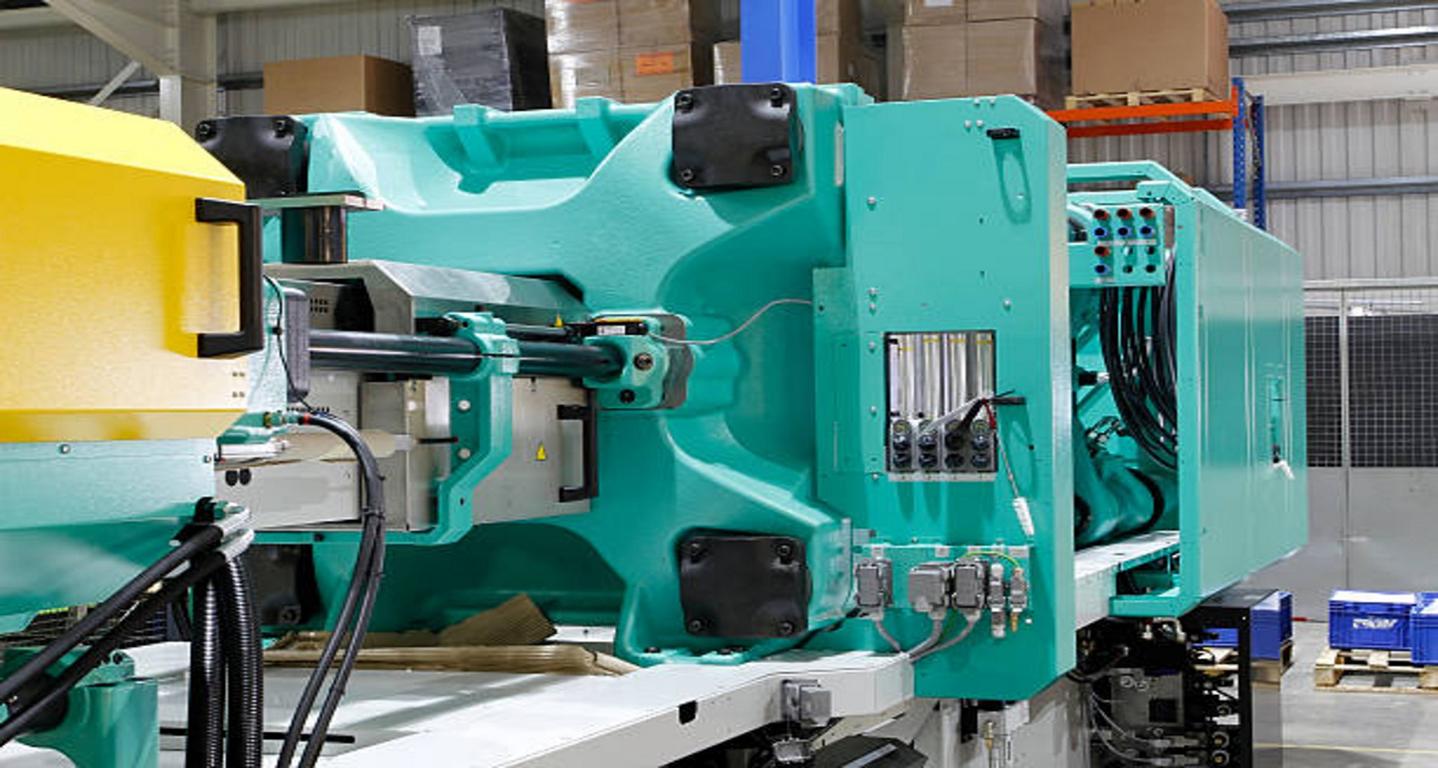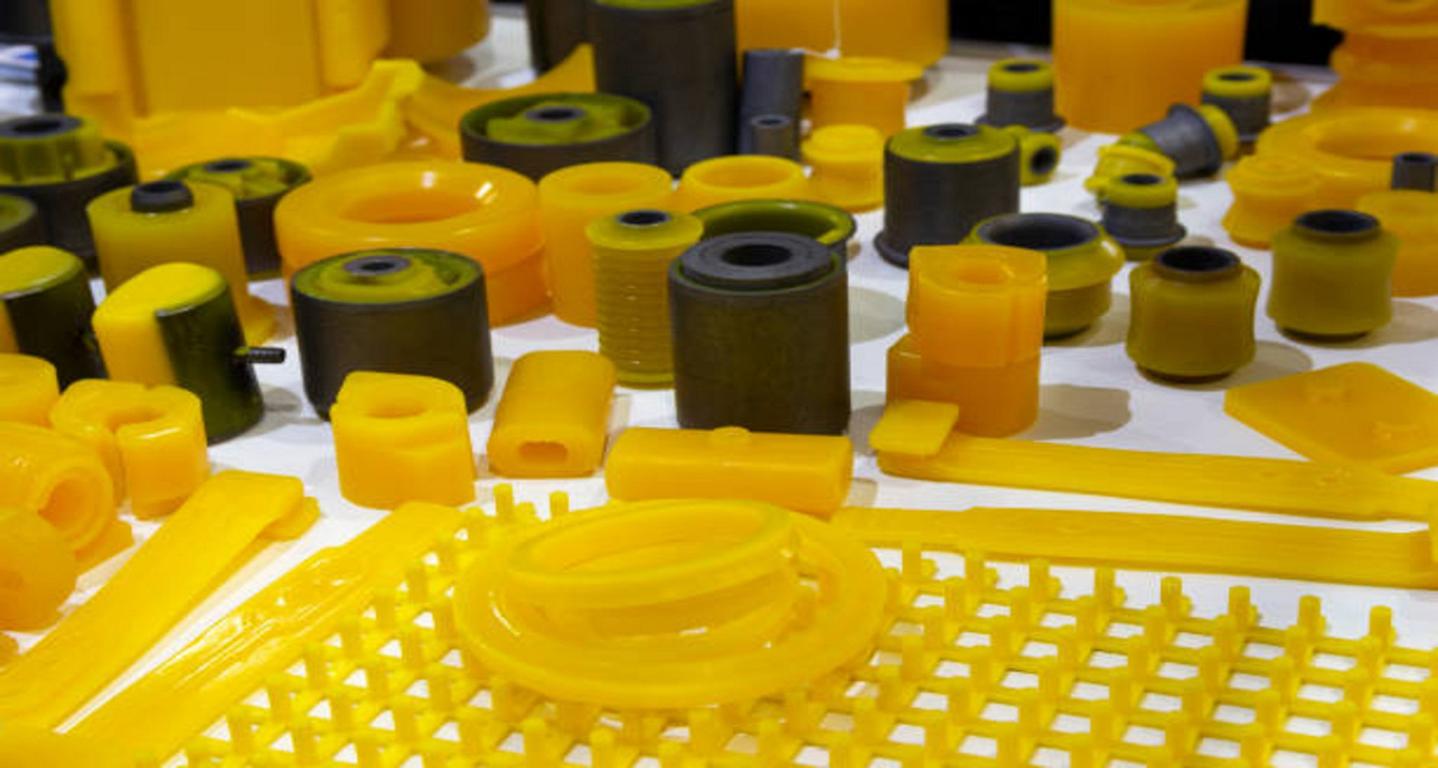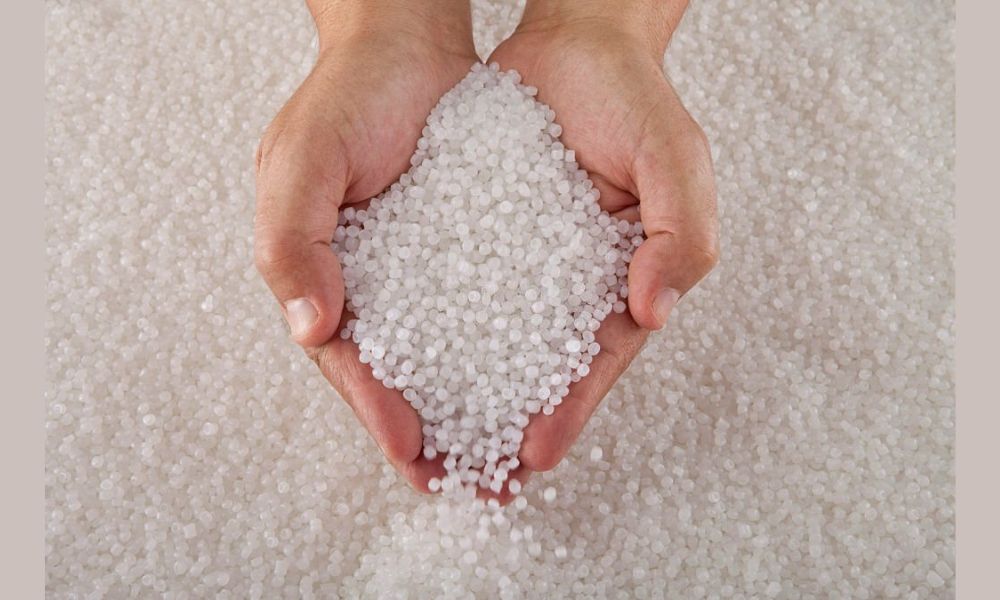Nella moderna produzione industriale, muffa è un'importante tecnologia utilizzata per modellare prodotti (inclusi prodotti metallici e non metallici) per tutti i settori. Nel frattempo, è la "lente di ingrandimento dell'efficienza e del profitto" per la materia prima e l'attrezzatura, perché il valore del prodotto finale realizzato nello stampo è spesso decine, persino centinaia di volte più prezioso di quello dello stampo stesso.
L'industria degli stampi è l'industria di base dell'economia nazionale ed è chiamata "la madre dell'industria". Ogni aspetto della vita umana, come vestiti, cibo, alloggi e trasporti, è strettamente collegato all'industria degli stampi. Pertanto, il livello della tecnologia degli stampi a iniezione è stato un simbolo significativo per misurare il livello di sviluppo dell'industria meccanica di un paese.
Gli stampi possono essere suddivisi in due tipi: stampi per prodotti metallici e stampi per prodotti non metallici.
Gli stampi per prodotti in metallo includono stampi per pressatura a freddo, stampi per pressatura, stampi per forgiatura, stampi per pressofusione, stampi per fusione di precisione, stampi per stampaggio, punzoni e stampi per metallurgia delle polveri, ecc. Questi tipi di stampi trovano ampia applicazione nei prodotti per elettrodi cranici, automobili, strumenti aeronautici e altri prodotti in metallo.
I prodotti non metallici includono stampi per iniezione di plastica, stampi per ceramica, stampi per gomma, stampi per vetro, stampi per alimenti e stampi per ornamenti. Questi tipi di stampi hanno un'ampia applicazione nelle nostre vite, in questa pagina parleremo di stampi per iniezione. Questa è la tecnologia moderna più popolare che viene utilizzata nella nostra vita ovunque.
Uno stampo a iniezione utilizzato per formare un prodotto in plastica utilizzando il processo di stampaggio a iniezione. Uno standard stampo a iniezione è costituito da un lato fisso o di iniezione contenente una o più cavità e da un lato mobile o di espulsione.
La resina, o materia prima per stampaggio a iniezione, è solitamente in forma di pellet e viene fuso dal calore e dalle forze di taglio poco prima di essere iniettato nello stampo. Anche i canali attraverso i quali la plastica scorre verso la camera si solidificheranno, formando un telaio attaccato. Questo telaio è composto da sprue, che è il canale principale dal serbatoio di resina fusa, parallelo alla direzione dell'ugello, e corridori, che sono perpendicolari alla direzione dell'ugello e servono a convogliare la resina fusa verso l' cancello(i), o punto(i) del gate e alimentazione del materiale fuso nella cavità dello stampo. Il sistema di sprue e canali può essere tagliato e riciclato dopo lo stampaggio. Alcuni stampi sono progettati in modo tale che venga automaticamente rimosso dalla parte tramite l'azione dello stampo. Ad esempio, il gate sottomarino o il gate a banana, se si utilizzano sistemi a canali caldi, non ci saranno canali.
La qualità del parte stampata a iniezione dipende dalla qualità dello stampo, dalla cura posta durante il processo di stampaggio e dai dettagli del design della parte stessa. È essenziale che la resina fusa sia alla giusta pressione e temperatura in modo che scorra facilmente in tutte le parti dello stampo. Le parti del stampo a iniezione devono inoltre essere uniti con estrema precisione, altrimenti si possono formare piccole perdite di plastica fusa, un fenomeno noto come flash. Quando si riempie uno stampo nuovo o non familiare per la prima volta, dove la dimensione della dose per quello stampo particolare è sconosciuta, un tecnico dovrebbe ridurre la pressione dell'ugello in modo che lo stampo si riempia, ma non si scarichi. Quindi, usando quel volume di dose ora noto, la pressione può essere aumentata senza timore di danneggiare lo stampo. A volte anche fattori come lo sfiato, la temperatura e il contenuto di umidità della resina possono influenzare la formazione di scarichi.
Materiale per stampaggio a iniezione
Tradizionalmente, stampi sono stati molto costosi da produrre, quindi di solito venivano usati solo nella produzione di massa, dove venivano prodotte migliaia di parti. Gli stampi a iniezione sono solitamente costruiti in acciaio temprato o alluminio. La scelta del materiale per costruire uno stampo è principalmente una questione economica. Gli stampi in acciaio in genere costano di più da costruire, ma la loro maggiore durata compenserà il costo iniziale più elevato su un numero maggiore di parti realizzate nello stampo prima dell'usura. Gli stampi in alluminio possono costare notevolmente meno e, se progettati e lavorati con moderne apparecchiature computerizzate, possono essere economici per stampare centinaia o persino decine di parti.
Requisiti per lo stampo ad iniezione
sistema di espulsione
Per espellere il parte stampata dalla cavità al termine del ciclo di stampaggio. Perni di espulsione incorporati nella metà mobile dello stampo solitamente svolgono questa funzione. La cavità è divisa tra le due metà dello stampo in modo tale che il restringimento naturale dello stampo faccia sì che la parte si attacchi alla metà mobile. Quando lo stampo si apre, i perni di espulsione spingono la parte fuori dalla cavità dello stampo.
sistema di raffreddamento
UN sistema di raffreddamento è necessario per lo stampo. Questo consiste in una pompa esterna collegata a passaggi nello stampo, attraverso i quali l'acqua viene fatta circolare per rimuovere il calore dalla plastica calda. L'aria deve essere evacuata dalla cavità dello stampo mentre il polimero si precipita dentro. Gran parte dell'aria passa attraverso i piccoli giochi del perno di espulsione nello stampo. Inoltre, strette prese d'aria sono spesso lavorate nella superficie di separazione; profondi solo circa 0,03 mm (0,001 pollici) e larghi da 12 a 25 mm (da 0,5 a 1,0 pollici), questi canali consentono all'aria di fuoriuscire all'esterno ma sono troppo piccoli per il passaggio del polimero fuso viscoso.
Utilizzo dello stampaggio a iniezione di plastica
Lo stampaggio a iniezione di plastica è il metodo più comune e ampiamente utilizzato per la produzione di massa di prodotti in plastica in tutto il mondo, per la sua praticità e facilità d'uso. I prodotti in plastica realizzati con questo metodo includono sedie e tavoli in plastica, coperture per prodotti elettronici, cucchiai e coltelli monouso e altri prodotti di posateria.
Storia dello stampaggio a iniezione
Lo stampaggio a iniezione di plastica è stato avviato da chimici europei e americani che stavano sperimentando con le materie plastiche. Originariamente eseguito manualmente e spinto nello stampo usando Parkesine, si è rivelato troppo fragile e infiammabile. John Wesley Hyatt è l'inventore ufficiale dello stampaggio a iniezione di plastica e questo processo ha una ricca storia con uno spirito brillante.
Lo stampaggio a iniezione è stato originariamente inventato per risolvere i problemi che i giocatori di biliardo affrontano in abbondanza. Le palle da biliardo del XIX secolo erano fatte di avorio ricavato dalle zanne degli elefanti. La celluloide è stata una delle prime materie plastiche utilizzate per realizzare palle da biliardo.
Istruzioni per la procedura
La procedura scientifica utilizzata per produrre prodotti in plastica mediante stampaggio a iniezione è molto semplice. La plastica si scioglie e viene inserita in una siringa enorme. Viene quindi posizionata in uno stampo opportunamente sagomato a seconda del prodotto da realizzare e lasciata raffreddare per un tempo sufficiente a raggiungere la forma desiderata. Tuttavia, il processo effettivo di stampaggio a iniezione non è così semplice e può essere ampiamente suddiviso in tre suddivisioni: unità di iniezione, sezione di stampaggio e infine morsetto. I pellet di plastica vengono gradualmente liquefatti e iniettati gradualmente nell'unità di iniezione attraverso un tunnel che viene completamente fuso fino a raggiungere la parte anteriore del cilindro. Quando raggiunge lo stampo, si raffredda e si indurisce fino a raggiungere la forma fissa desiderata. Lo stampo tornerà quindi alla posizione originale della macchina.
Tutto parti stampate a iniezione iniziano con pellet di plastica con un diametro di pochi millimetri. Possono essere mescolati con determinate quantità limitate di pigmenti chiamati "coloranti" o fino a 15% di materiale riciclato. La miscela viene quindi immessa in una macchina per stampaggio a iniezione. Le prime unità di stampaggio utilizzavano uno stantuffo per spingere verso il basso dall'alto. Tuttavia, l'area esterna era calda o fredda e il processo di fusione non funzionava correttamente. La soluzione a questo problema era una vite alternativa. Questo è stato spesso visto come il contributo più importante che non era altro che una rivoluzione nel settore della produzione di prodotti in plastica. Le viti causano lo sforzo di taglio necessario per fondere la plastica e il resto del calore proviene dalla tradizionale fascia riscaldante che circonda la macchina. Quando la plastica fusa viene iniettata nello stampo, l'aria viene rilasciata attraverso le prese d'aria laterali. La plastica con viscosità miele è così spessa che non può essere rilasciata da queste prese d'aria, che sono larghe solo pochi micron.
Anche l'incisione di marchi di testimonianza su prodotti in plastica è una parte importante del marketing. Questo perché dobbiamo essere in grado di autenticare e verificare l'autenticità del prodotto cercando una linea separata dal marchio di testimonianza. Questi vengono creati utilizzando inserti rimovibili e possono rivelarsi molto utili per tracciare i difetti.
Se stai cercando stampo a iniezione e parti stampate a iniezione?
Siete invitati a inviarci la vostra richiesta di preventivo: riceverete il nostro prezzo competitivo entro due giorni lavorativi.
Se hai stampo a iniezione domanda tecnica?
Siete invitati a contattare il nostro responsabile tecnico per risolvere il vostro problema tecnico steve@sinceretechs.com.
Abbiamo oltre 15 anni di esperienza lavorativa e 15 anni di competenza nella comunicazione tecnica in inglese.
Con il nostro supporto il tuo progetto avrà successo, ti garantiamo la soddisfazione.
Cosa aspetti? Contattaci, non perderai nulla e risolverai il tuo problema tecnico.
Stampo a iniezione Cina per il tuo mercato
Quando si tratta di produttori di stampi a iniezione Cina, ci sono una serie di idee sbagliate che le persone hanno tipicamente. Una delle idee sbagliate più grandi è la sensazione che un'operazione condotta in Cina sia in gran parte inaffidabile. Questo non potrebbe essere più lontano dalla verità. Infatti, questa è un'operazione estremamente affidabile che ha sede in Cina e produce prodotti di alta qualità. Per comprenderlo appieno, è altrettanto importante comprendere la storia di questo tipo di operazione e il suo stato attuale.
Cosa rende questa particolare operazione migliore di quelle che l'hanno preceduta? In passato, il segno distintivo di operazioni di questo tipo era che la qualità a volte non era costante e a volte la qualità era appena percettibile. Ciò è particolarmente vero per alcune delle operazioni condotte in Cina. Di conseguenza, le persone hanno iniziato ad avere la loro giusta dose di dubbi sul fatto che iniezione di stampi in plastica le operazioni all'interno del paese della Cina potrebbero produrre prodotti di qualità ragionevole. Facciamo un salto al presente e quelle domande hanno trovato risposta.
In verità, l'operazione odierna è piuttosto affidabile e di grande successo. I problemi di affidabilità sono stati accantonati con successo e qualsiasi domanda sulla qualità è stata messa a tacere molto tempo fa. L'operazione odierna distribuisce prodotti a più clienti internazionali ed è in grado di produrre praticamente qualsiasi tipo di prodotto in plastica stampata per qualsiasi utilizzo. L'intero sistema utilizza un processo all'avanguardia, utilizzando il software più recente per progettare i prodotti ordinati e poi produrli in serie il più rapidamente ed efficientemente possibile. Tutto questo viene fatto senza compromettere la qualità in alcun modo, forma o aspetto.
La parte migliore di tutto questo è che gli errori commessi nella storia iniziale di tali operazioni sono stati presi in considerazione per garantire che tali tipi di problemi non si verifichino quando i prodotti vengono realizzati oggi. Infatti, ci sono più di 15 anni di operazioni da cui acquisire esperienza e perfezionare il modo in cui tutto viene gestito, dal modo in cui gli ordini vengono presi al modo in cui vengono prodotti e spediti. Il fatto che il software venga utilizzato per creare praticamente qualsiasi tipo di prodotto riduce al minimo le possibilità di errori e consente a tutto di procedere molto rapidamente. Il risultato finale è che l'unica limitazione sui tipi di prodotti che possono essere prodotti è l'immaginazione dell'individuo che ordina il prodotto in primo luogo.
Inoltre, ogni prodotto ha il suo project manager e tutto può essere prodotto a un costo più che ragionevole. Ciò aiuta a proliferare questo tipo di operazioni e, anche se il sistema è basato in Cina, ogni giorno vengono realizzati prodotti di alta qualità che vengono poi spediti in località in tutto il mondo. Immaginate praticamente qualsiasi parte di stampo in plastica come quelle parti utilizzate per calcolatrici, lettori DVD o stampanti, e possono probabilmente essere ricondotte direttamente a operazioni di questo tipo. Senza di esse, sarebbe virtualmente impossibile operare nel mondo come lo intendiamo oggi.
Perché scegliere il servizio di stampaggio a iniezione di plastica in Cina?
La Cina è ben nota come centro manifatturiero e come esportatore di prodotti in plastica. I produttori cinesi di stampaggio a iniezione di plastica garantiscono prodotti di alta qualità, affidabili e duraturi, ci sono molte aziende di stampaggio di plastica in Cina, è un mal di testa per te trovare un produttore di stampi cinese giusto da quella grande risorsa, Sincere Tech è una delle prime dieci migliori aziende di stampi e stampaggio di plastica in Cina, ti offriamo la qualità e il servizio soddisfatti 100%, vai alla nostra home page tramite https://plasticmold.net/ per saperne di più.
Tutte le informazioni le abbiamo ricavate da Wikipedia, ma le abbiamo organizzate insieme per facilitarne la lettura, se vuoi saperne di più, vai su stampo a iniezione Italiano: Wikipedia.
Se vuoi saperne di più sui prodotti realizzati con stampo a iniezione cina azienda? Sei il benvenuto, vai al nostro pagina iniziale per saperne di più, o inviaci un'e-mail, ti risponderemo entro 24 ore.








